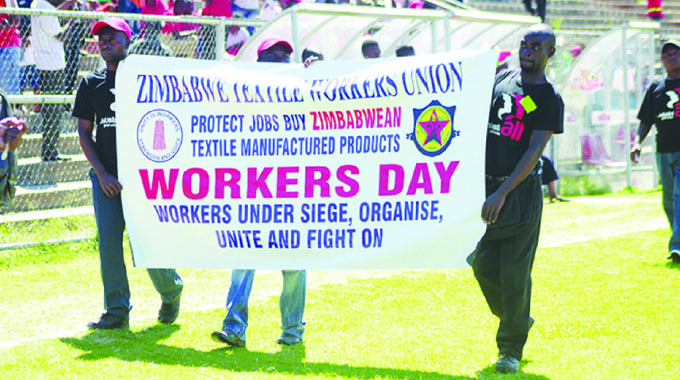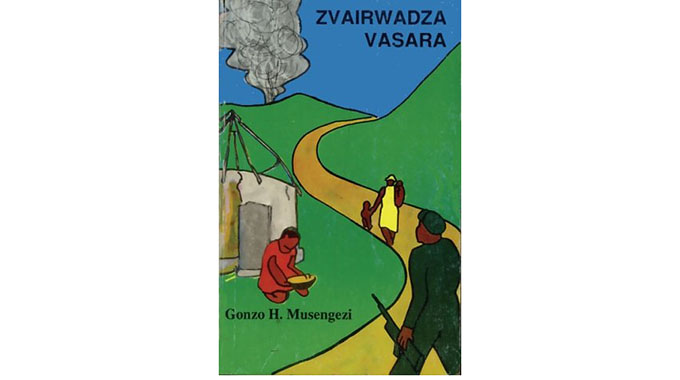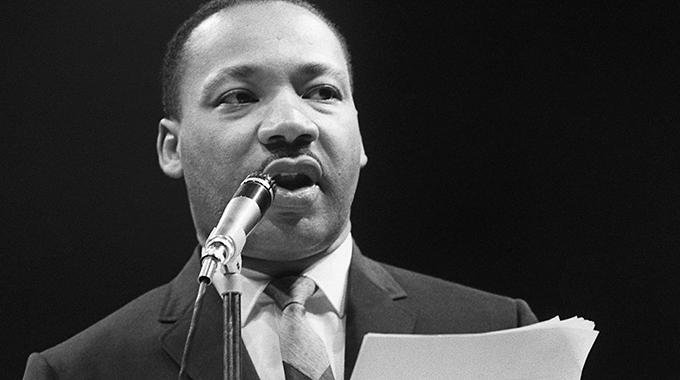Hopelessness, the yearn for homely home
Elliot Ziwira @The Book Store
“Where then are the roots, where the solution
To life’s equation
The roots are nowhere
There are no roots here
Probe if you may
From now until doomsday.”
The above lines from the Nigerian poet Christopher Okigbo’s poem “On the New Year” (1958) are not only as pessimistic as T.S. Eliot’s in “The Waste Land, but purvey the sad truth that to the common man hope is a mirage, which no matter how he is mesmerised by its possibility as it plays tomfoolery with his imagination, it remains as elusive as jelly in a bottomless can.
Where are the roots to hold on to in this maze where the scorching sun mercilessly unleashes its rays on the dithering earth devoid of water and arability? Where are the roots in a burdened landscape which has lost its lustre because of plunder, deceit, demagoguery, individualism and avarice?
Indeed, can there be roots in a society that has lost hope in its own ethos; where the individual struggles to locate himself/herself in the national biography that shapes his/her experiences? Where is home if the walls and roof that should shelter the individual,keep on falling out of season, exposing him/her to the vagaries of both Man and nature?
There may be masochistic pessimism in Okigbo’s “On the New Year” which finds base in Eliot’s “The Waste Land”, but dear gentle reader hope sometimes is hopeless. Eliot writes:
What are the roots that clutch, what branches grow
Out of this stony rubbish? Son of man,
You cannot say, or guess, for you know only
A heap of broken images, where the sun beats
And the dead tree gives no shelter, the cricket no relief
And the dry stone no sound of water.
The visual, aural and tactile imagery used; derived from nature’s armouryand the metaphors that shape both Eliot and Okigbo’s poetry rob the oppressed of hope, creating scepticism and crybaby mentalities; thus engraving hopelessness in the individual’s psyche. The dry seasons of our toils are always crouching on the horizons of hope as each day ends with the yearning for roots remaining a labyrinthine knot that refuses to give in.
To the African as it is to the European, American and Asian the story of suffering is as clear as the dry season sky. However, to the African the blame somehow has a way of shifting to the European and American.
Colonialism remains a fact that can never be wished away, because its aftermaths are still felt across the African continent. Rape, plunder, violence, oppression, brutality, segregation and hypocrisy are words that keep on ringing in the African’s mind each time imperialism is referred to. But ironically the same words seem to have taken new meanings in the African’s way of running his own affairs.
The African needs a home which he somehow seems to be destroying, consciously or unconsciously. The quest for home and what constitutes homeliness pervade African literature in general and Zimbabwean literature in particular.
The essence of home embraced by Zimunya in “Kingfisher, Jikinya and Other Poems” (1982), “Country Dawns and City Lights” (1985) and “Thought Tracks” (1982) is sceptically questioned by Charles Mungoshi in “Home”, “Coming of the Dry Season” (1972) and “Waiting for the Rain” (1975), masochistically frowned at by Dambudzo Marechera in “House of Hunger” (1978) and Stanley Nyamufukudza in “The Non-Believer’s Journey” (1975), and glorified by Hove in “Up in Arms” (1982) and “Red Hills of Home” (1985).
To Marechera, Hove, Zimunya, Nyamufukudza and Mungoshi the city is a monstrosity that crouches menacingly in the way of the African, frustrating all his hopes and aspirations as it is a colonial creation. However, Mungoshi, Marechera and Nyamufukudzarefuse to accept that the rural home is neither “sick” nor “corroded” and that suffering is a colonial creation, as embraced by Zimunya and Hove.
In Zimunya’s poetry, the city is “an orgy that preys on the African migrant” and has no permanence in its rustic, hostile, violent and luminous walls and ramifications, which offer no protection to the African as depicted in Hove’s poems “At Work”, “Just before the War”, “Migratory Bird 1” and “Migratory Bird 2” (Red Hills of Home, 1985).
City lights are not only deceptive with their disruption of the flow of time, but they are also an anti-thesis to country dawns. They are not symbolic of enlightenment, wisdom or social and scientific progress of mankind. Instead, they are symbolic of deception, illusion and betrayal.
The deceptive nature of the city is explored in an interesting dimension in “Beneath the Glare” as the horrors and callous murders which are synonymous with city life are ex- posed.
The depiction of light and blood in “City Lights” as contrasted to “country dawns” demonstrates the existence of parallels between the city and the countryside. The blood associated with the city is symbolic of death, futility of life and destruction, whereas that in “Country Dawns” symbolises regeneration and continuity.
In the poem “Traffic” the poet juxtaposes the violent inclinations of the city with the superstitious horrors of the countryside. The city’s capacity to brutalise, however, is infinite and inexhaustible as illustrated: “But I hear again something wailing/in frantic search for the smell of blood/and human life wrapped up in mangled steel/at dawn/midday/and sunset.
The city’s insatiable appetite to brutalise, its capacity to shred societal moral fabric and lack of homeliness is profound in the metaphorical portrayal of the mangy dog. The mangy dog is symbolicof the mundane and squalid existence of the downtrodden thrown into slums of unjust, heinous, grotesque and diseased dep- rivation.
This rationale of the city as a dungeon of death is depicted in the poems “Mangled” and “Mangy Dogs of Delivery Lane”. The deprived voice groans: “To think I had found myself a meal/ tender and soft flesh/until the mangy tribe came/and started a fight over my meal.”
Thus, the brutal nature of the city and its individualistic tendencies is touchingly brought to the fore because “the world is a grease pile/and men are mangy dogs,” as highlighted in Zimunya’s “Please Stay” and Hove’s “Skyscraper” in “Red Hills of Home”.
Like Zimunya, Hove is aware that the city is an albatross of death whose outlook is discouraging to the oppressed as they “walk the streets of pain/in the mud risen so high”.
Humanity’s cannibalistic nature and its inherent century old voyeur that draws excitement from trauma and suffering; inspired by fraudulent civilisation, a precursor of colonialism, is exposed in Zimunya’s “Dungeon” (Country Dawns and City Lights). The city dweller is violently poked in the eye, “through decades that run like rivers/endless rivers of endless woes/through pick and shovel, sjambok and jail,” and “jaws of steel” with his/her “blood/anointing the brick heightened,” (Hove, “Skyscraper” in Red Hills of Home).
Not only does death lie in prowl for the defenceless city dweller with its “jaws of steel” but the city itself reduces him to a shell as his manhood is rudely strangled from him. However, the black migrant who is lured to the city as in Zimunya’s poetry and forced by circumstances beyond his control as depicted in Hove’s poems, is not only quarry to the blade of the guillotine which is the city seeking his labour, but he is also at the mercy of the colonial creations of the city woman and the bar.
These creations see to it that the migrant does not only work for nothing as the wages of his toils are siphoned by prostitutes and barmen; and back to the capitalist’s coffers, but also keep him yoked to his workstation as he vainly tries to make parallel ends meet.
Zimunya and Hove uncompromisingly condemn the colonial city and its inhuman ethos and unite in their search for an ideal home in the rural abode of their romantic dreams. But is that home still homely with new drivers with black skins and white masks, as pointed out by Franz Fanon, relentlessly driving bulldozers across the African landscape in a redefined scramble for wealth and pillage as black is pitted against black and blaming it all on the white masks?










Comments